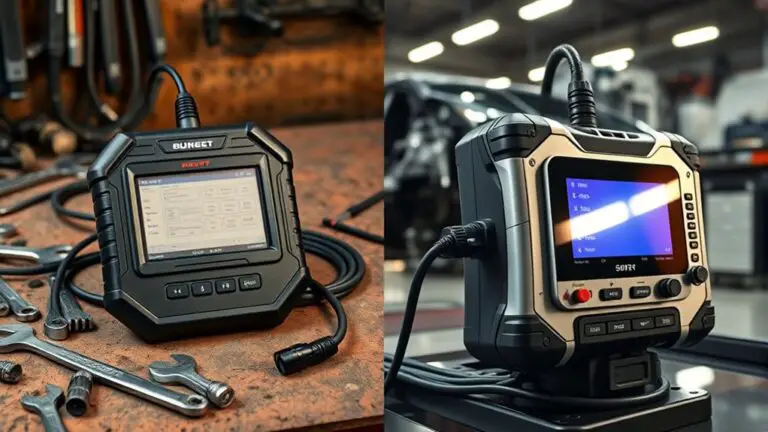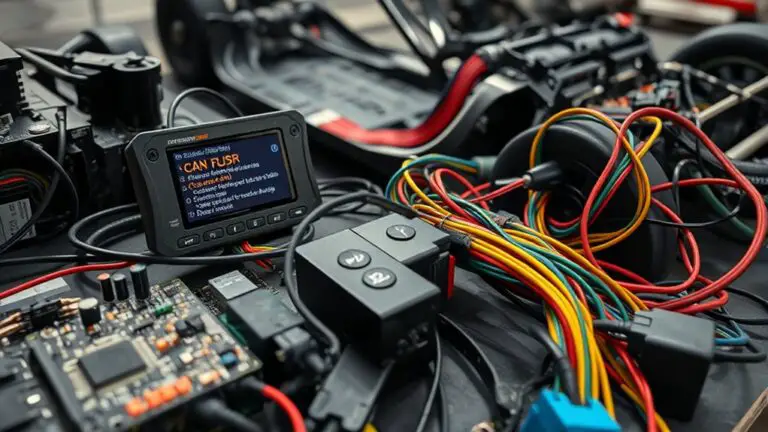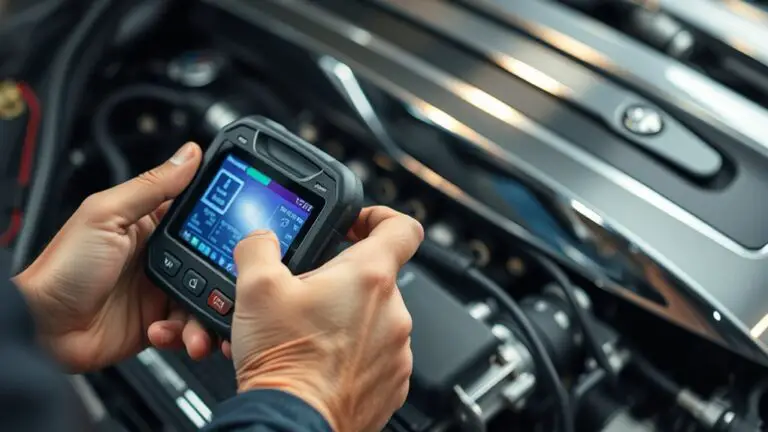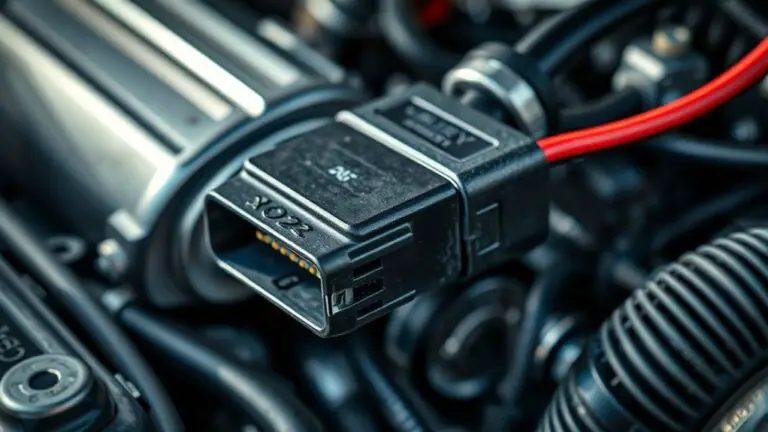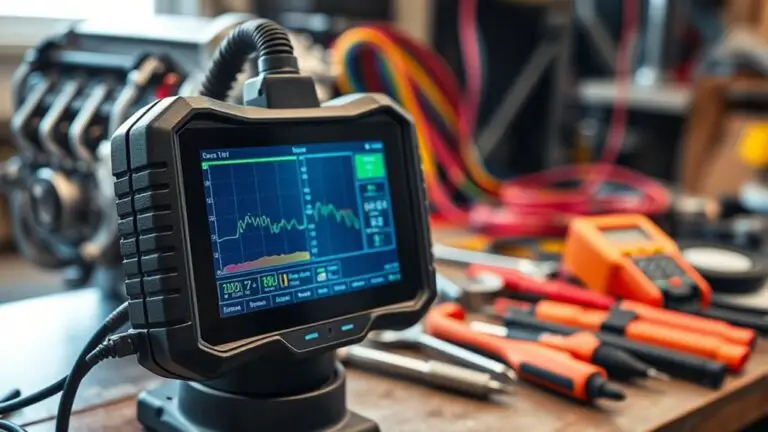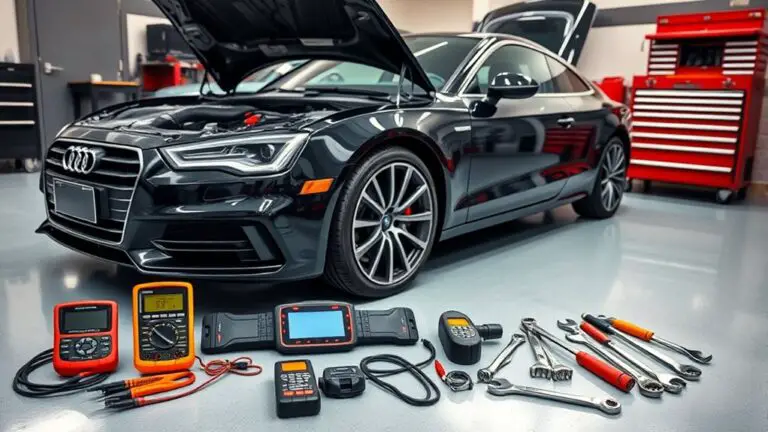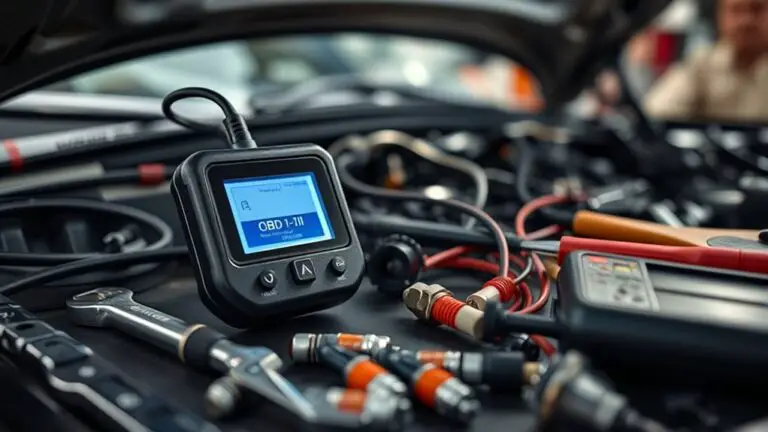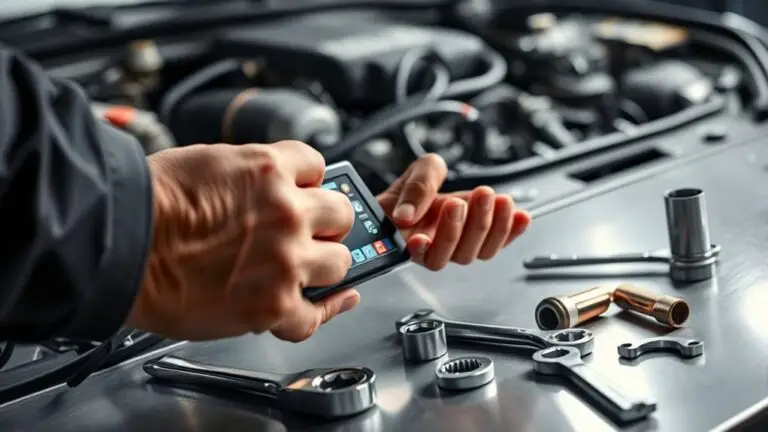Using Live Data to Pinpoint PCM Reflash Needed
Live data lets you decide if a PCM reflash is needed by tracing real-time faults, timing, and sensor trends rather than guessing. You’ll monitor ignition timing feedback, injector pulse width, MAF/MAP, ECT/IAT correlations, and voltage/temperature anomalies to distinguish nuisances from critical faults. Use fault codes as signals to target minimal reflashes, validate post-flash stability, and…


